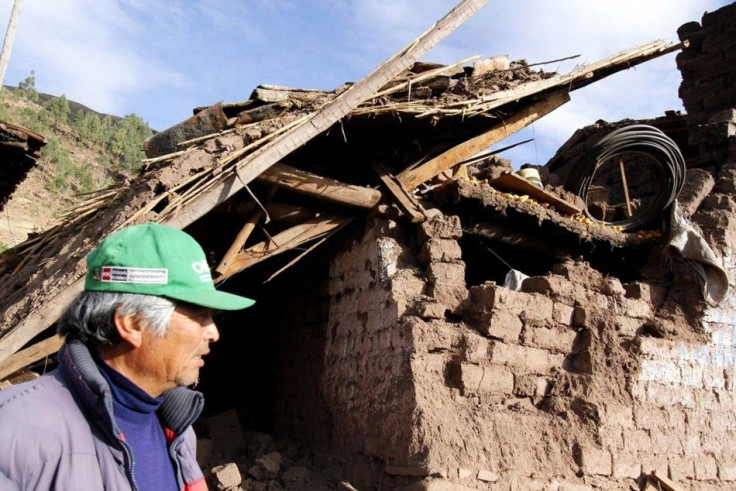Strong 6.7 Quake Jolts New Zealand, No Tsunami Warning Issued

A strong 6.7 magnitude earthquake jolted New Zealand on Monday. Despite the strength, however, the Pacific Tsunami Warning Center did not issue a tsunami warning.
Seismologists at the GNS Science, the country's seismology authority, said the quake struck 155 km (96 miles) east of the small settlement of Te Araroa, which was an isolated community on the east coast of New Zealand's North Island. The quake had a depth of 92 km (57 miles).
The seismology centre added it recorded several aftershocks measuring between 6.2 and 6.5 at shallower depths. But New Zealand civil defence authorities, quoted by Channel News Asia, reiterated there is no danger of a tsunami. It is "unlikely the quake will cause a tsunami that will pose a threat to New Zealand."
New Zealand, along with Japan, Canada, New Zealand and Chile, among others, are just some of the countries that sit on the edge of the so-called Pacific "Ring of Fire." A 40,000 km (25,000 mi) area shaped like a horseshoe, the Pacific "Ring of Fire" is home to over 75 percent of the world's active as well as dormant volcanoes. Thus it is associated with a continuous series of oceanic trenches, colacanic arcs, and volcanic belts as well as plate movements. About 90 percent of the world's earthquakes and 81 percent of the world's largest earthquakes happen along the Ring of Fire. About 20,000 tremors annually, with an average of 2.5 of magnitude 6.0 or higher, are felt in New Zealand.
Betty Lowe, a resident of Whakatane, told the New Zealand Herald that Monday's temblor was the "worst" she'd felt in a long time. "[The] floor moved under me, vertical blinds really swayed, [it] went on for several minutes."
Bill Fry, a GNS seismologist, told Radio NZ that aftershocks will still continue for sometime. "They certainly haven't finished. They will continue to go for quite some time. But it's unlikely that we'll see a larger event now or a damaging event in the aftershock sequence."
On February 2011, a strong 6.3 magnitude earthquake struck the South Island city of Christchurch, New Zealand's second-largest city. About 185 people died from that disaster.






